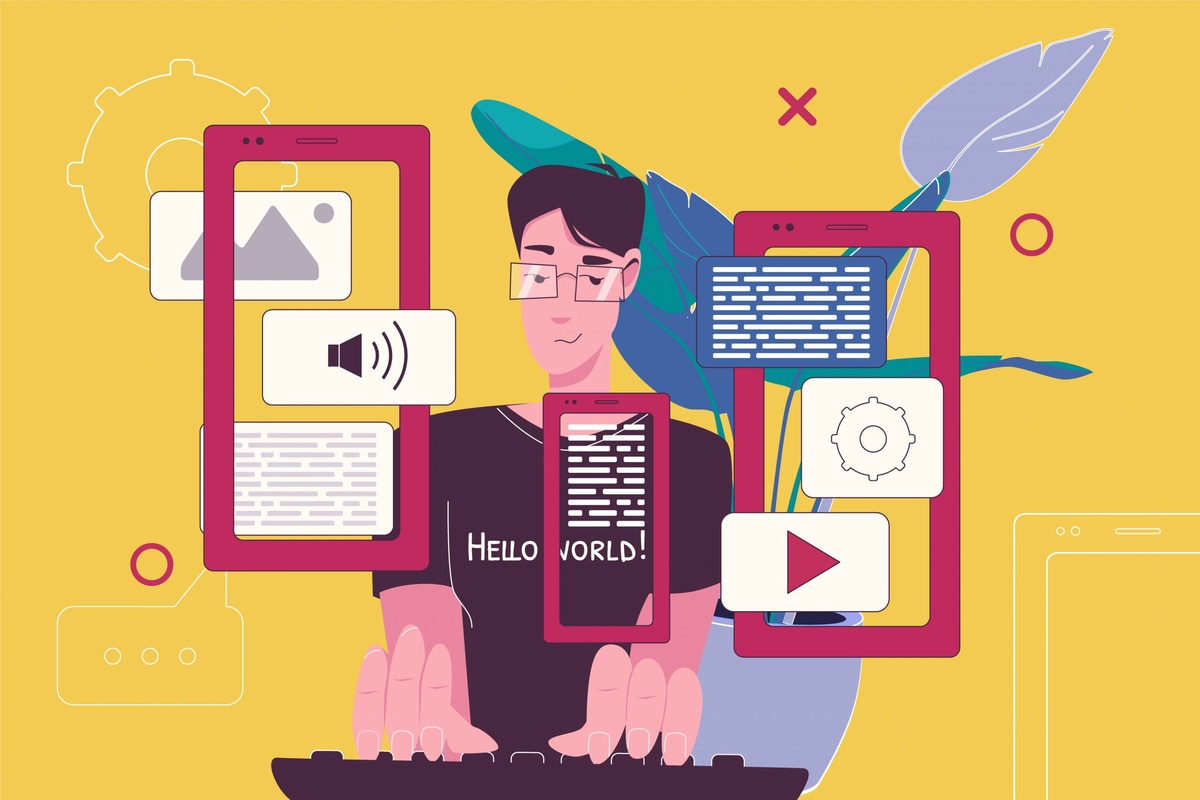Animation is an art form that captivates audiences of all ages, and with today's technological advancements, it's become more accessible than ever. DIY animation is a fantastic way for beginners to enter this creative world. Unlike professional animation, which often requires a team and significant resources, DIY animation can be a personal and rewarding endeavor. It allows individuals to experiment, learn, and tell stories visually without the constraints of a studio setting. This introduction will explore the essentials to embark on your DIY animation journey.
Essential Tools for Beginner Animators
The first step in your animation journey is choosing the right tools. Fortunately, the market is filled with software catering to beginners, many of which are accessible or affordable. For 2D animation, Pencil2D and Synfig offer excellent user-friendly and feature-rich platforms. For those interested in 3D animation, Blender is a powerful open-source option. Adobe Spark and Vyond, while more simplistic, are excellent for creating animations quickly and efficiently. Each tool has unique features, and the choice depends on your specific needs and the animation style you're interested in.
Understanding the Basics of Animation
Embarking on creating animated content requires a solid grasp of fundamental concepts. At its core, animation is the art of crafting the illusion of movement and life. Delving into crucial aspects, understanding frame rate intricacies, and the significance of the number of frames displayed per second is paramount – a higher frame rate ensures a smoother animation experience.
Keyframes serve as the backbone of animation, marking the initiation and conclusion of any seamless transition. Furthermore, immersing yourself in the 12 principles of animation, encompassing elements like squash and stretch or anticipation, becomes instrumental in enhancing the overall quality of your work. At NEO Animations, we bring these foundational principles to life in our Production of Animated Videos, ensuring a dynamic and visually compelling storytelling experience.
Step-by-Step Guide to Creating Your First Animation
Creating your first animation can be an exhilarating process. Start by sketching a simple concept or story. Next, create a storyboard to plan how your animation will unfold. Then, choose your software and develop keyframes, adding in-betweens to smooth the motion. Pay attention to timing and spacing to ensure natural movement. Finally, add details like backgrounds, colors, and sounds. Remember, your first animation doesn't have to be perfect; it's more about learning and enjoying the process.
Tips for Improving Animation Skills
Improvement in animation comes with practice and experimentation. Try different styles and techniques to discover what resonates with you. Regular practice is crucial; even small daily exercises can lead to significant improvements. Seeking feedback from more experienced animators or online communities can provide valuable insights. Moreover, watching various animations can inspire and teach you new approaches and techniques.
Resources and Communities for Learning and Support
The internet is a treasure trove of resources for aspiring animators. Websites like Animation Mentor or Bloop Animation offer tutorials and courses. YouTube channels like The Animation Process and Blender Guru provide free lessons that are invaluable for beginners. Online forums and social media groups are great places to connect with fellow animators, share work, get feedback, and stay motivated. Engaging with these communities can accelerate your learning process and provide much-needed support.
Overcoming Common Challenges in DIY Animation
Every beginner faces challenges such as time management, creative blocks, or technical hurdles. To manage time effectively:
- Set realistic goals and create a consistent work schedule.
- Take breaks and seek inspiration from other media like movies or books for creative blocks.
- When facing technical issues, don't hesitate to consult tutorials or ask for help from online communities.
- Remember, facing and overcoming these challenges is part of the learning journey.
Conclusion
Embarking on your DIY animation journey is a step into a world of creativity and endless possibilities. While the journey may seem daunting initially, remember that every professional animator once stood where you are now. You can develop your skills and bring your unique stories to life with patience, practice, and continuous learning. The world of animation awaits your imagination and creativity.


No comments yet